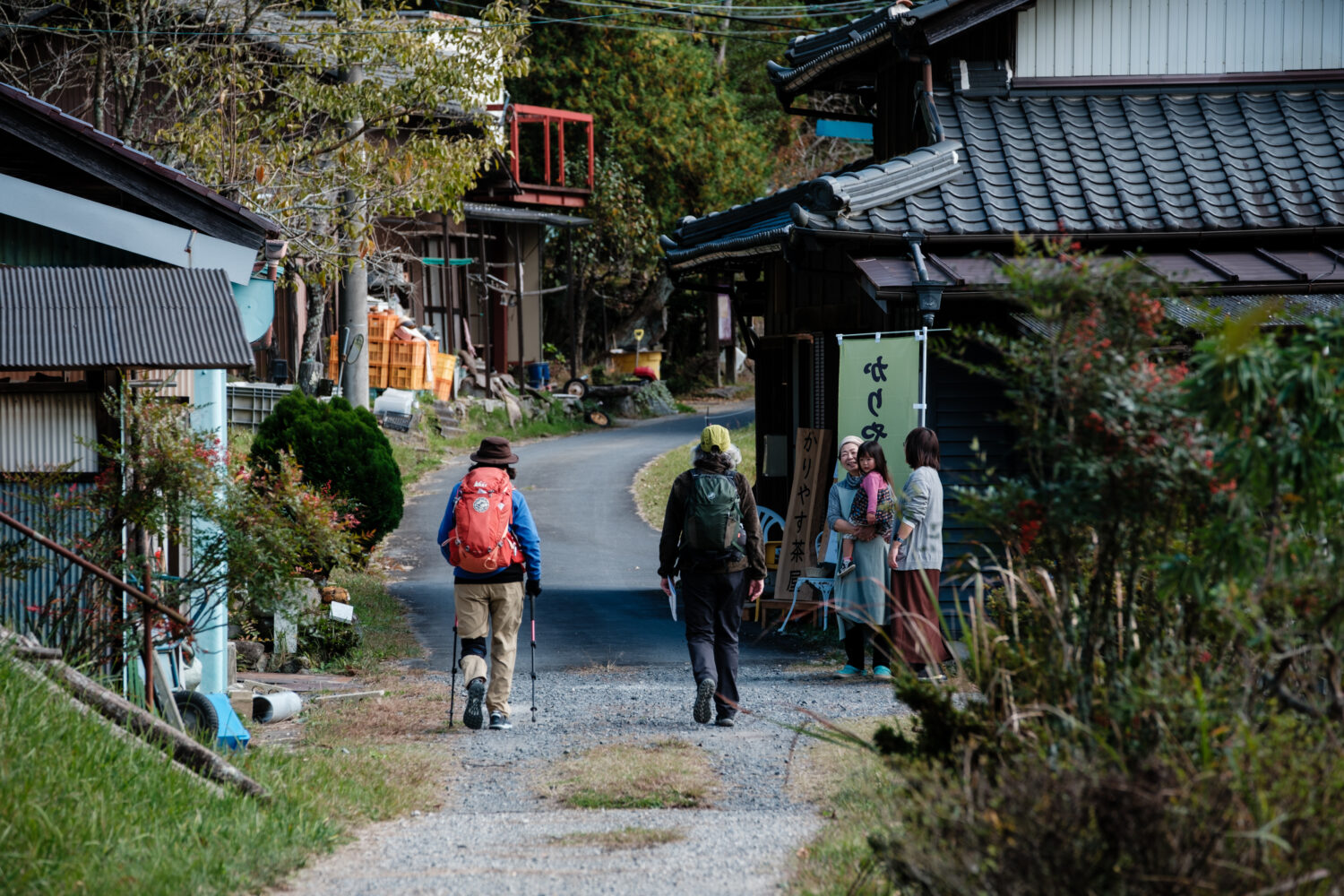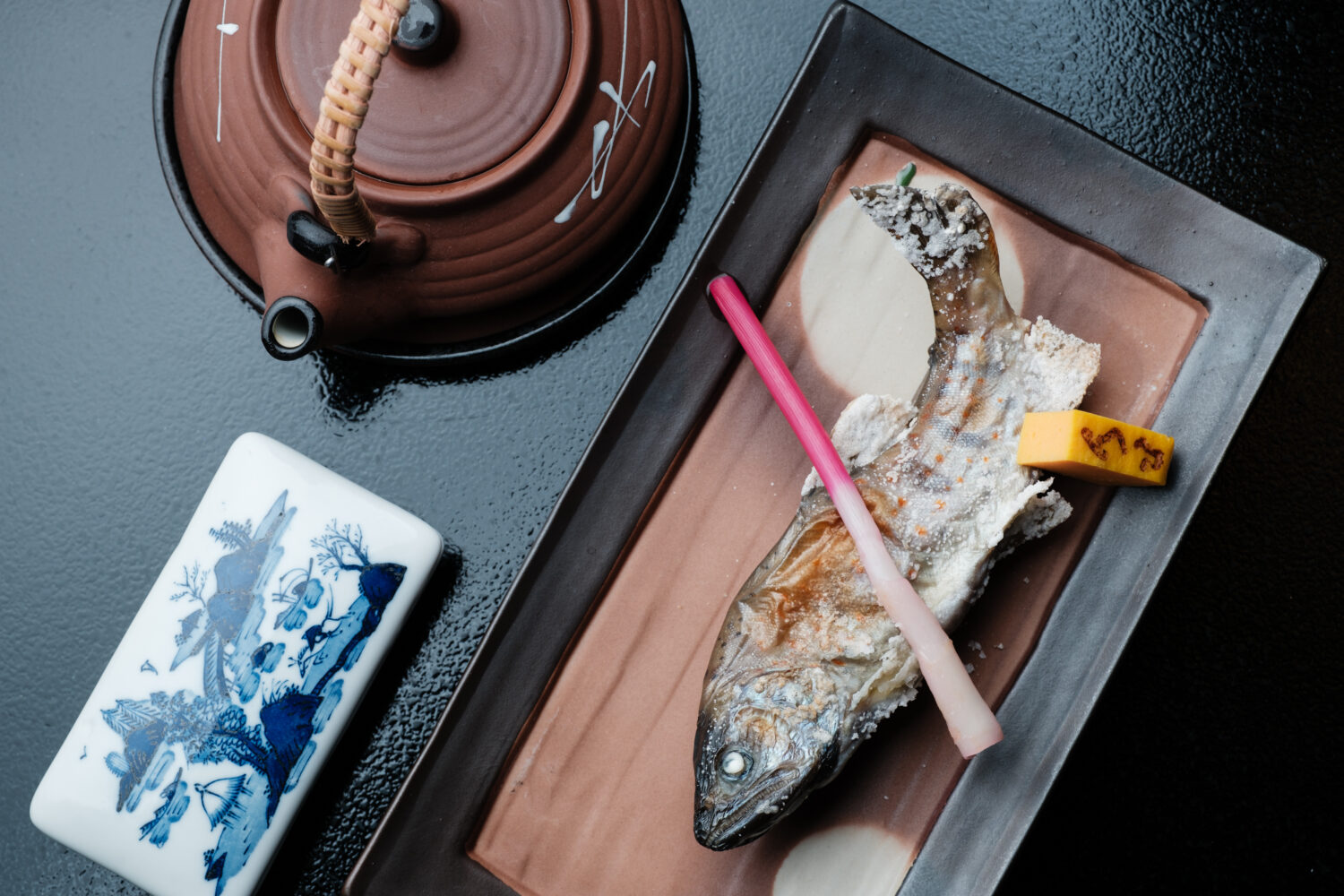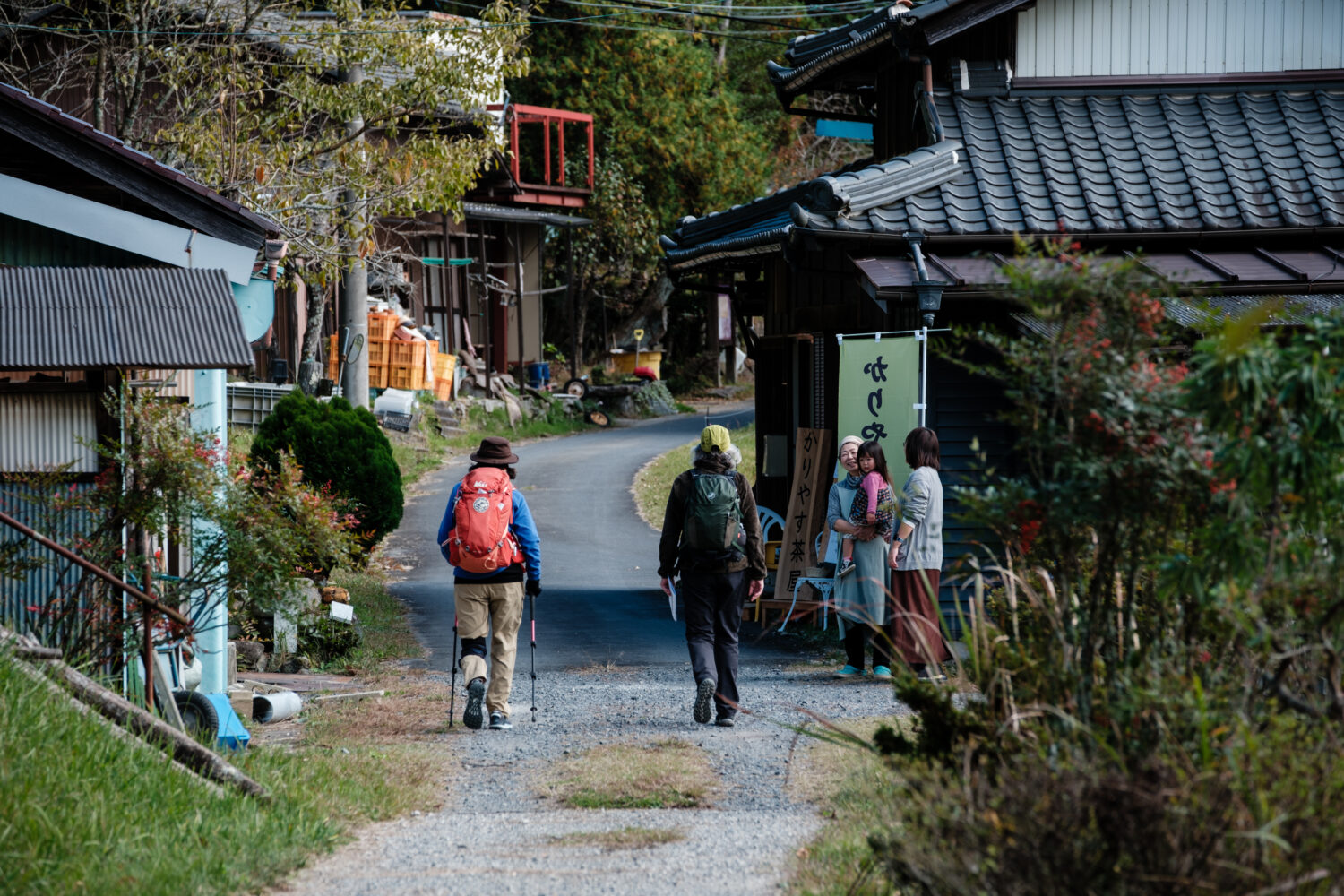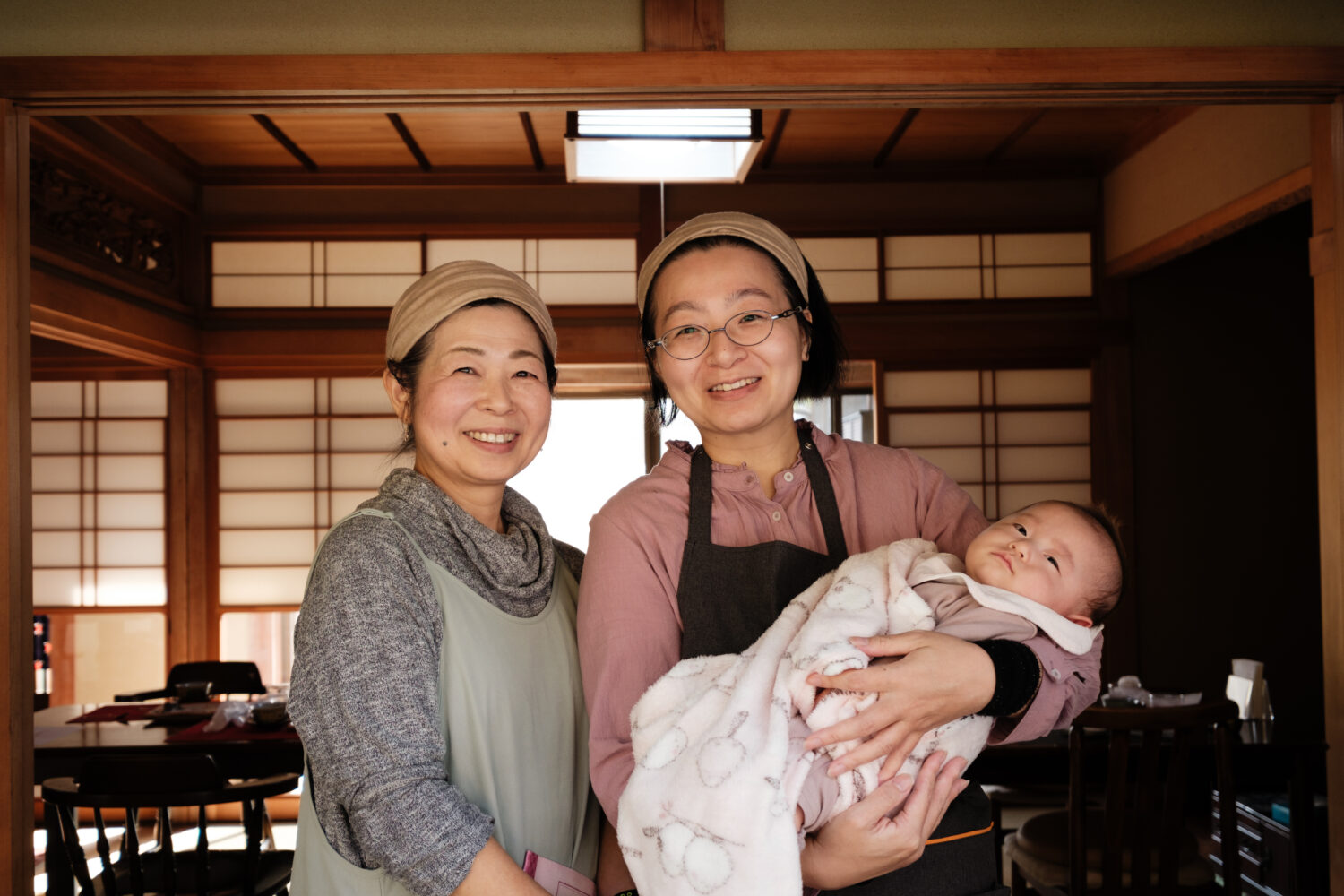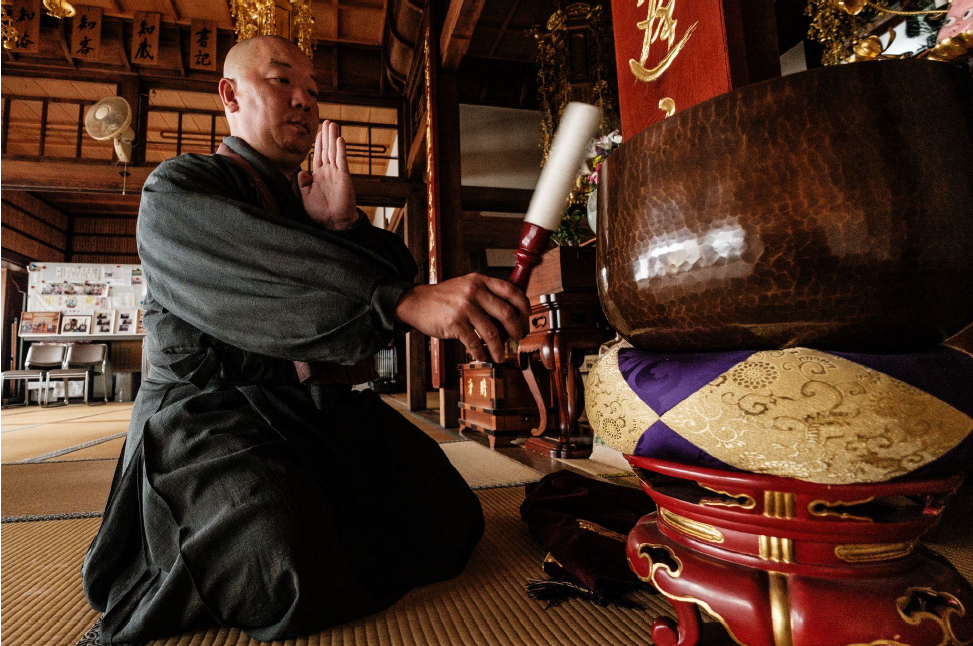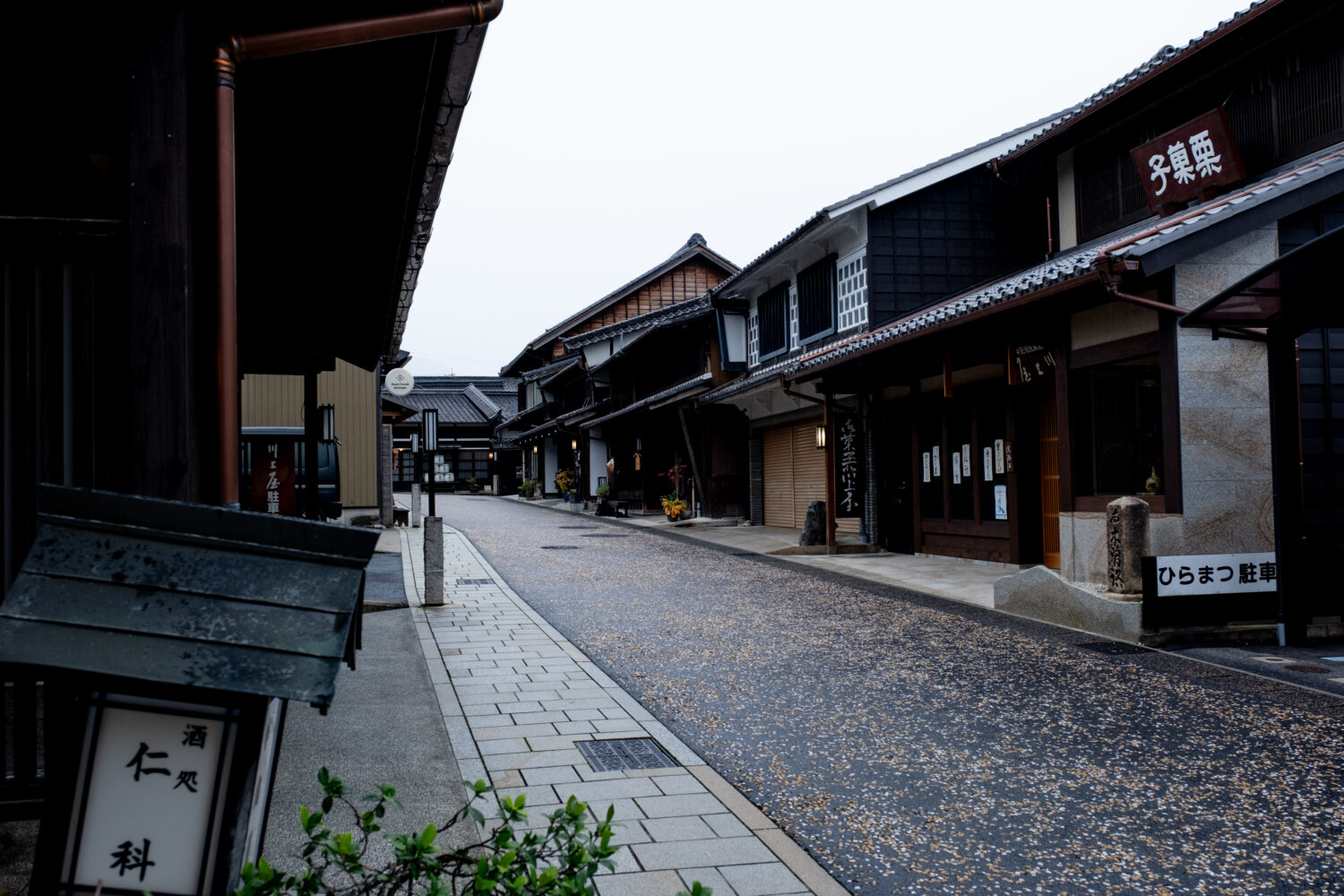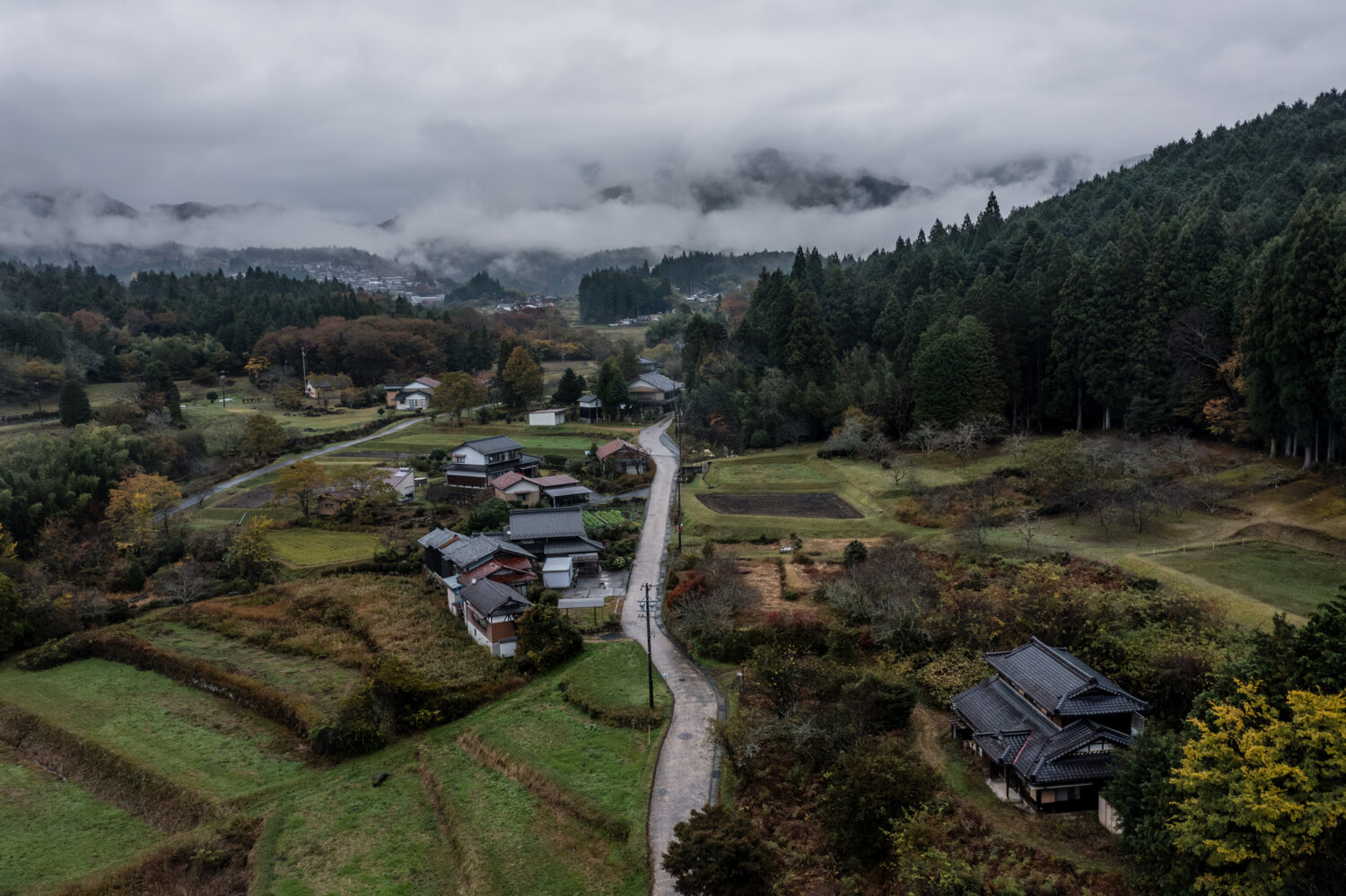On the sidelines of the crowds lies Gifu Prefecture’s Higashi-Mino region, a gem that offers an underrated, sustainable, and off-the-beaten-path travel experience. For travelers seeking alternatives to crowded tourist destinations, this region offers an ideal escape rich in history, culture, and unspoiled natural beauty.
The Higashi-Mino region is home to the less explored sections of the Nakasendo—one of Japan’s ancient highways. Unlike its more famous stops along the routes, this stretch retains much of its untouched allure, offering travelers a unique opportunity to step back in time and experience Japan’s past in a way that is both sustainable and culturally enriching. Its quiet trails, heartfelt hospitality, and preserved historical landmarks create a sense of discovery that redefines recent visitor’s travel experiences in Japan. While Higashi-Mino is set to become more accessible in the future, for now, it remains a hidden treasure. Conveniently located near Nagoya and the greater Kansai region, this area offers the perfect blend of history, nature, and authenticity, making it an ideal destination for those seeking immersive and meaningful travel experiences without the crowds.
Why Higashi-Mino in Gifu is Worth Visiting
Gifu Prefecture’s Higashi-Mino is ideally positioned between Tokyo and Osaka and easily accessible via the Tokaido-Shinkansen bullet train to Nagoya. This lesser-known area is poised to become even more convenient in the near future with the opening of the Linear Chuo Shinkansen. Higashi-Mino stands out for its unfeathered sincerity, featuring preserved sections of the historic Nakasendo route, including Ichirizuka milestones, stone pavements, and the Bato Kannon statue—elements rarely seen in more famous segments like Tsumago and Magome.
For those seeking a culturally rich and immersive journey, Higashi-Mino offers a unique blend of Edo-period (1603-1868) charm and heartfelt hospitality. The region’s emphasis on sustainability encourages travelers to explore off-the-beaten-path destinations, reducing the strain on Japan’s major tourist sites while supporting local economies. In an age where slow travel is becoming popular, Higashi-Mino welcomes visitors to explore its region without the anxieties presented in well-known destinations in Japan; and it’s only a matter of time before many catch on. Whether you’re looking to connect deeply with Japan’s past or simply enjoy a peaceful retreat, Higashi-Mino is abundant with unforgettable and unique travel experiences.
Exploring the Nakasendo Routes
The Nakasendo is one of Japan’s five major Edo-period highways that historically connected the old capital Edo (modern-day Tokyo) to Kyoto, offering an inland route through mountainous terrain. It served as a vital travel and trade artery during the 17th–19th centuries, with 69 post towns providing rest and supplies for travelers, including samurai, merchants, and feudal lords. Today, the Nakasendo includes both walking routes and sections accessible by public transportation or car.
This article explores three distinct Nakasendo routes within Higashi-Mino, Gifu that showcase cultural treasures, scenic landscapes, and local flavors. Most sections do not require advance booking unless travelers plan to stay in traditional inns (ryokan) along the way, in which case reservations are highly recommended. Whether you’re an avid hiker, a history enthusiast, or a foodie, these itineraries offer something unique for every traveler seeking paths less traveled in Japan.
Route 1: Mitake-juku → Okute-juku
This journey begins at Mitake-juku, one of the first post towns established under Tokugawa Ieyasu’s highway improvement projects. This post town played a critical role in connecting mountainous and flatland regions, making it a strategic hub during the Edo period. This route combines historical landmarks with serene natural settings, making it perfect for travelers who want to immerse themselves in the slower rhythms of rural Japan.
Highlights and suggested stops:
● Mitake-juku Honjin: Once a luxurious accommodation for feudal lords and court nobles, visitors can see the exterior of the lodge and imagine the importance this site held for events such as the lavish parades held by Japanese feudal lords navigating the mountainous terrain.
● Mitake-juku Waiwai-kan: This facility serves as a starting point of this leg of the journey. The facility also offers free tea to visitors, and holds a wide range of souvenirs. Mitake-juku Wawai-kan captures the spirit of the Edo hospitality, offering a welcoming space for travelers and locals alike.
● Merchant House Takeya: A pioneer of Edo-period merchant, this elegant building once housed a trading company dealing in silk, lumber, and cotton. Today, it serves as a museum where visitors can explore its preserved architecture and even try weaving on traditional looms, connecting them to the craftsmanship of the past.
● Uto-zaka Stone Pavement: This slope earned its name from travelers who sang songs to distract themselves from its challenging incline. The preserved stone pavement stretches for 330 meters, offering a serene path through lush greenery.
● Iroha Chaya: A rest stop rich with old tales, this teahouse welcomes travelers with its cozy hearths and tatami seating. It’s a place to relax and soak in the ambiance of a bygone era.
● Benten Pond: Of the countless shrines visitors are sure to encounter along the trails, this one is rather unique: set on a small island in Benten Pond, there is a stone shrine that has stood here since 1836. Visitors can see the shrine surrounded by iris flowers in the summer.
● Oniiwa Onsen Ryouzan: This traditional Japanese onsen inn provides a peaceful retreat with forest views accompanied by the soothing sounds of the nearby river. Guests can enjoy seasonal dishes featuring local ingredients like Hida beef and sweetfish, making the stay both a culinary and sensory delight.
Walking this route feels like stepping into a living history book, where each stop reveals another layer of Japan's heritage.
Route 2: Okute-juku → Oi-juku → Nakatsugawa-juku
This route is an evocative journey through Gifu’s heartland, perfect for those drawn to mountain vistas and cultural landmarks. Beginning in Okute-juku, a post town perched at an elevation of 510 meters, travelers will be surrounded by towering cedars and steep hills that offer a sense of seclusion and peace. This route captures the essence of the Nakasendo with its challenging mountain passes, enduring landmarks, and glimpses of Edo-period life. It is ideal for those who appreciate history and nature in equal measure.
Highlights and suggested stops:
● Kariyasu Chaya: A delightful teahouse where visitors can rest, enjoy lunch, and admire the beautiful scenery of the Hime Kaido, which are the minor routes within the Nakasendo routes.
● Botan Rock: This unique geological feature resembles a blooming peony flower, standing out amidst the cobblestone path. It’s a striking spot for photography and a reminder of nature’s artistry.
● Oi-juku: As one of the most prosperous post towns on the Nakasendo, Oi-juku offers a walk through history with its beautifully preserved lattice-doored houses and unique masugata bends that are rare architectural features, adding an element of uniqueness to the town’s layout.
● Nakasendo Hiroshige Museum: Art enthusiasts will appreciate this museum’s collection of ukiyo-e woodblock prints by Utagawa Hiroshige. These stunning works capture the beauty of Japan’s landscapes and its bustling post towns, offering a glimpse into Edo-period life.
● Amakara: No trip to Oi-juku is complete without sampling gohei-mochi, a local specialty of grilled rice cakes coated in a rich sesame and walnut sauce. Amakara’s version is well-loved for its flavor and is the perfect snack for hungry travelers.
The journey concludes in Nakatsugawa-juku, a vibrant post town that has retained its historic scenery while offering modern conveniences. Travelers seeking a balance of relaxation and exploration will find this route particularly rewarding.
Route 3: Nakatsugawa-juku → Ochiai-juku → Magome-juku
This section of the Nakasendo route is a vivid tapestry of cultural and culinary experiences. This route takes travelers through some of Higashi-Mino’s most picturesque and culturally significant post towns, beginning with Nakatsugawa-juku. It is recommended for travelers who want to balance historical and culinary exploration with the backdrop of picturesque landscapes.
Highlights and suggested stops:
● Nakatsugawa-juku: Known for its striking udatsu walls, which were a status symbol during the Edo period, this post town offers a glimpse into the bustling commerce of the past. Its nostalgic atmosphere makes it a worthy alternative to overcrowded historic areas like Kyoto.
● Hazama Sake Brewery: A highlight for food and drink enthusiasts, this brewery produces small-batch junmai sake using pure spring water from Mt. Ena. Visitors can tour the facility and learn about traditional sake-making techniques while sampling the brewery’s exquisite offerings.
● Suya: This confectionery shop has been operating since the 1690s, specializing in kurikinton—a sweet made from chestnuts. Suya’s offerings are a testament to the region’s gastronomic heritage and a must-try for those with a sweet tooth.
● Zenshoji Temple: Located in Ochiai-juku, this temple offers a serene space for meditation and zazen practice, which visitors can partake in. On clear days, visitors can enjoy stunning views of Mt. Ena, perfectly framed by the temple’s architecture.
● Ochiai Stone Pavement: This 840-meter stretch of cobblestone, re-created to match its Edo-period appearance, provides a beautiful and authentic path for travelers. It’s a tangible connection to the history of the Nakasendo.
● Magome-juku: The journey concludes in Magome-juku, a post town known for its cobblestone streets and vibrant atmosphere. Lined with shops selling fresh rice crackers, oyaki, and other treats, this town combines historical significance with a modern-day twist. Visitors can also explore the Toson Memorial Museum, dedicated to the celebrated writer Shimazaki Toson, who immortalized Magome in his works.
● Waterwheel House: A large waterwheel, the symbol of Magome-juku, serves as a beautiful photo spot and a reminder of the ingenuity of traditional Japanese engineering. Stop by the watermill hut for a break and enjoy the peaceful surroundings.
These highlights along the Nakatsugawa-juku to Magome-juku route offer a blend of history, culture, and culinary treasures, making it a must-visit stretch for those seeking an immersive and scenic journey through Higashi-Mino’s memorable landscapes.
A Sustainable Future for Higashi-Mino
In the shadow of Japan’s tourism boom, Higashi-Mino emerges as a beacon of slow-paced travel, offering travelers a rare opportunity to immerse themselves in this quiet corner of Gifu Prefecture where the past and future converge. The future of Higashi-Mino lies in the delicate balance between accessibility and preservation. With the upcoming Linear Chuo Shinkansen connecting the region to major hubs like Tokyo and Nagoya, travel to this area will become more convenient than ever. Yet, local efforts led by the Higashi-Mino Historical Highway Council are focused on promoting sustainable tourism to ensure that its cultural and historical authenticity remains intact.
These initiatives aim to support local businesses, preserve heritage landmarks, and showcase the unique qualities of Higashi-Mino’s post towns and natural landscapes. By choosing to visit Higashi-Mino, travelers contribute to its economic and cultural sustainability while stepping back in time to experience the region’s rich history and stunning natural beauty untouched by the crowds.
As Japan gears up for the Osaka Expo 2025, and the interest in traveling between Tokyo, Osaka, and Kyoto grows, now is the ideal time to step off that route to explore Higashi-Mino before it transforms into a buzzy tourist destination. By rediscovering and promoting these notable routes, Higashi-Mino offers a unique opportunity to alleviate over-tourism in Japan’s more famous destinations while preserving the cultural and natural heritage of Gifu Prefecture–all while spreading the prosperity brought on by the inbound market to support lesser-known parts of the country. Step off the beaten path and embrace a side of Japan that is not yet discovered in Higashi-Mino, in order to let the historic Nakasendo guide you through a journey that blends Japan’s vibrant present with its fascinating past.
Related links for more information : https://visitgifu.com/
By Nina Cataldo, Journalist
The stories and materials above are provided by AFPBB News. Feel free to feature these stories in your own media.

